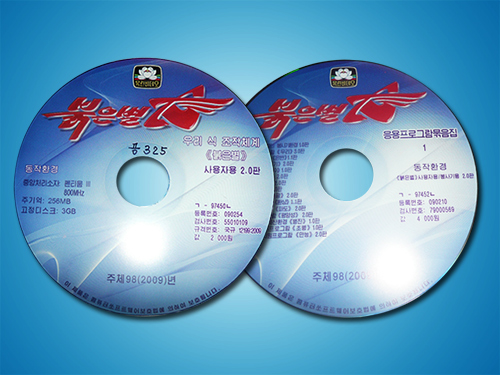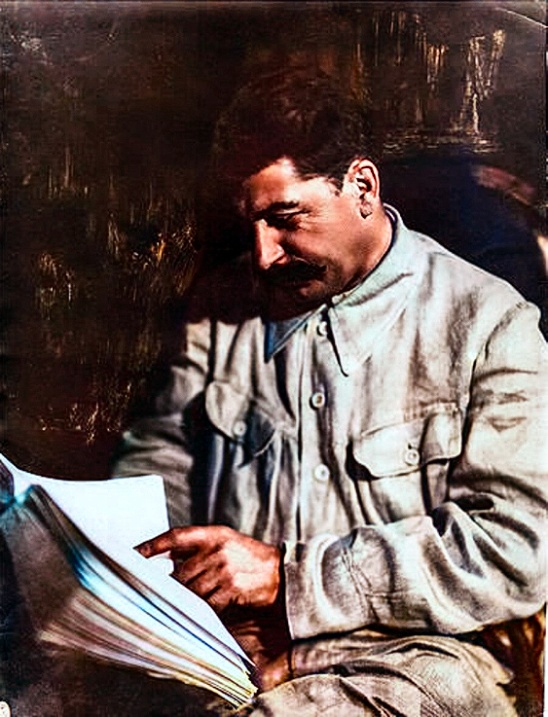Trade wars have a funny way of boomeranging back onto the people who start them, and the latest tariff saga between the U.S. and Canada is already rewriting the automotive map. The impact is immediate, and for Subaru, it is forcing some serious logistical acrobatics just to keep costs under control.
In 2024, Subaru sold 68,043 cars in Canada, with 26 percent of them or 17,700 vehicles, coming from the USA. Thanks to Donald Trump’s new round of tariff games, Canada now imposes a 25 percent tax on cars built south of the border. In response, Subaru is shifting production for Canadian-bound models out of the US to save itself some cash. It’ll just end up costing America millions.
By the time the 2026 model year begins for Subaru, it’ll produce just 10 percent of its Canada-bound cars in the U.S. “With that, we can minimize the impact of the counter surtax,” said Tomohiro Kubota, Subaru Canada’s CEO, who spoke to Autonews Canada. For now, production of the Outback for the Canadian market will continue in Lafayette, Ind., but that will shift to Japan in the near future.
When that happens, the plant in Indiana will retool to begin building the Forester, Subaru’s second-most popular in Canada after the Outback. What remains unclear is whether these Indiana-built Foresters will be exported to Canada or if Subaru will instead lean on its existing Japanese factories, which already produce the Forester for other global markets.
Notably, Subaru is one of the few legacy automakers that doesn’t have any production facilities in Canada. Up until now, it has relied on the USMCA agreement, which Donald Trump renegotiated the first time he was in office. With that agreement now effectively undermined by new tariffs, Subaru is changing its playbook.
Subaru isn’t alone in trying to come up with creative ways to sidestep tariffs. Canada as a whole is considering opening up its regulations to allow more automakers to import cars from nations outside of the USA. Volvo laid off hundreds of workers in the US, and other automakers are freezing imports to the nation.
Where this whole situation ends is up for debate. What’s not in question is that in the end, the industry is going to look very different, and not necessarily better.


